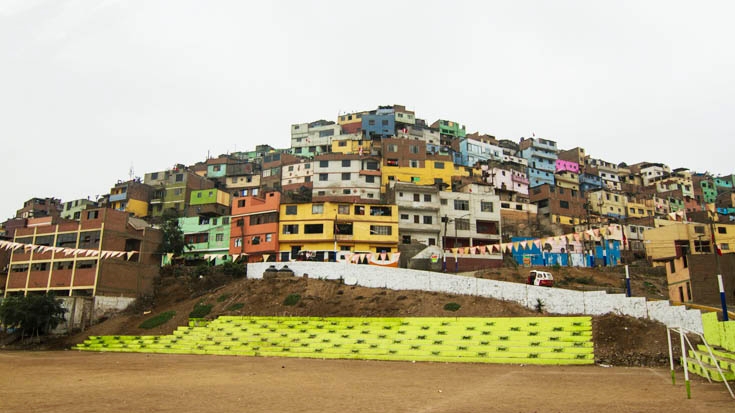Challenge
With the creation of a reliable and accessible property rights system in Peru, the Project hopes to promote growth and reduce poverty in a sustainable way, as tenure security stimulates private investment and fosters the process of slum upgrading through increased access to water and sewage services, increased investments in housing structures, and the reduction of households in unsuitable conditions. Furthermore, as the result of an increased collection of property taxes, participating municipalities will need to become more accountable as new sources of revenue will increase citizens’ demand for service delivery.
Approach
The government of Peru has maintained a close policy dialogue with the Bank in areas such as institutional reform and decentralization. In order to achieve multi-institution participation and impact, project components were directly linked to the country’s development program and cross sector activities with the Ministries of Justice and Housing, as well as the armed forces (through the IGN). The Real Property Rights Consolidation Project, like the Urban Property Right Project before it, was built on multi-stakeholder engagement which included several government agencies and sectors.


